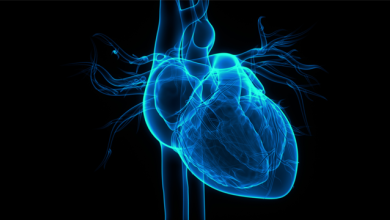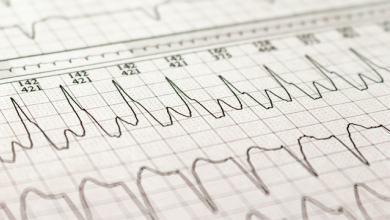Search results
Author(s):
Maiwand Mirwais
,
Pasquale Santangeli
Added:
8 months ago
Author(s):
Mario Njeim
,
Frank Bogun
Added:
3 years ago
Percutaneous ablation for ventricular tachycardia (VT) was first attempted in 1983 and has rapidly evolved to become an important option for controlling recurrent VTs.1 Endocardial ablation remained the only percutaneous approach until epicardial access was introduced by Sosa et al. in 1996 and thereafter became progressively more available as an adjunctive strategy for the treatment of…
View more
Author(s):
George Thomas
,
Jiwon Kim
,
Bruce B Lerman
Added:
3 years ago
CRT is an essential treatment for patients with heart failure and reduced ejection fraction as it can restore left ventricular (LV) electrical and mechanical synchrony. It has been shown to increase quality of life, improve functional status, reduce hospitalisation, improve LV systolic function and reduce mortality in properly selected patients.1,2 While CRT is an effective therapy, approximately…
View more
Author(s):
Satish Raj
,
Robert Sheldon
Added:
3 years ago
Syncope and palpitations are two common clinical presentations, and both pose difficulties in the approach to their management. They are both symptoms of a number of syndromes, and an efficient approach with targeted therapy is challenging. Cardiac arrhythmia specialists, who lack a compact and accessible guide to management, see many patients with these symptoms in consultation. Recognising this…
View more
Author(s):
Jorge G Panizo
,
Sergio Barra
,
Greg Mellor
,
et al
Added:
3 years ago
Premature ventricular complexes (PVCs) are the most common ventricular arrhythmia. Their prognostic significance cannot be interpreted without considering the presence or absence of any associated underlying cardiac condition. In the absence of structural heart disease, PVCs were generally considered to be benign.1,2 In the 1970s and 1980s, it was postulated that frequent PVCs could be a trigger…
View more
Mimics of Hypertrophic Cardiomyopathy - Diagnostic Clues to Aid Early Identification of Phenocopies
Author(s):
Rajiv Sankaranarayanan
,
Eleanor J Fleming
,
Clifford J Garratt
Added:
3 years ago
Article
Author(s):
Demosthenes G Katritsis
Added:
3 years ago
Although the exact circuit of atrioventricular nodal re-entrant tachycardia (AVNRT) still eludes us, AVNRT is the most common regular arrhythmia in humans, and therefore the most commonly encountered during ablation attempts for regular tachycardias.1–4 Catheter ablation for AVNRT is the current treatment of choice in symptomatic patients. It reduces arrhythmia-related hospitalisations and costs,…
View more
Author(s):
Dominik Linz
,
Sander Verheule
,
Aaron Isaacs
,
et al
Added:
2 years ago
Cardiac Pacing in Reflex Syncope
Author(s):
Marco Tomaino
,
Vincenzo Russo
,
Daniele Giacopelli
,
et al
Added:
2 years ago
Article
Wide Complex Tachycardia
Author(s):
John B Garner
,
John M Miller
Added:
3 years ago
Article














 « First
« First